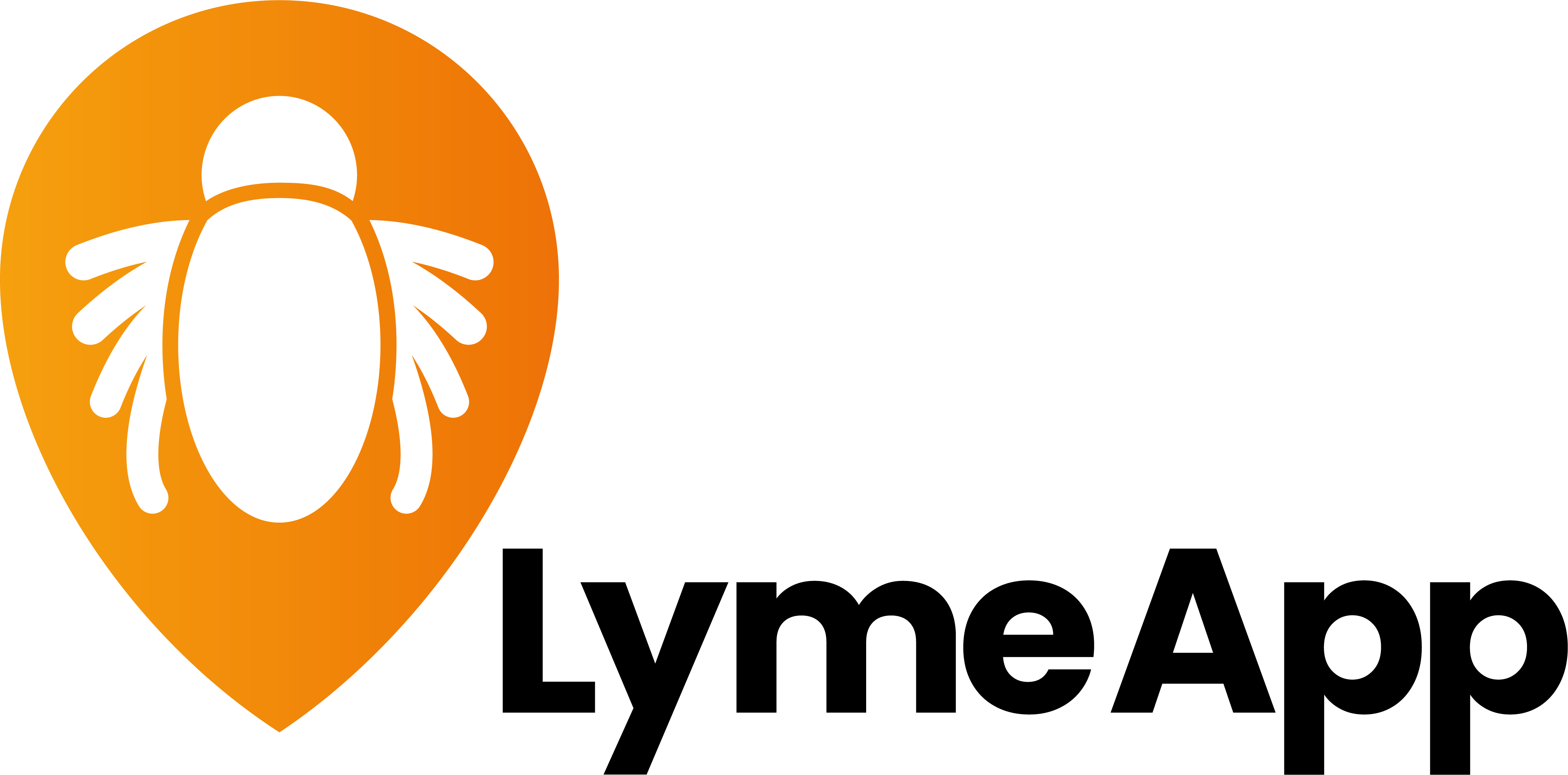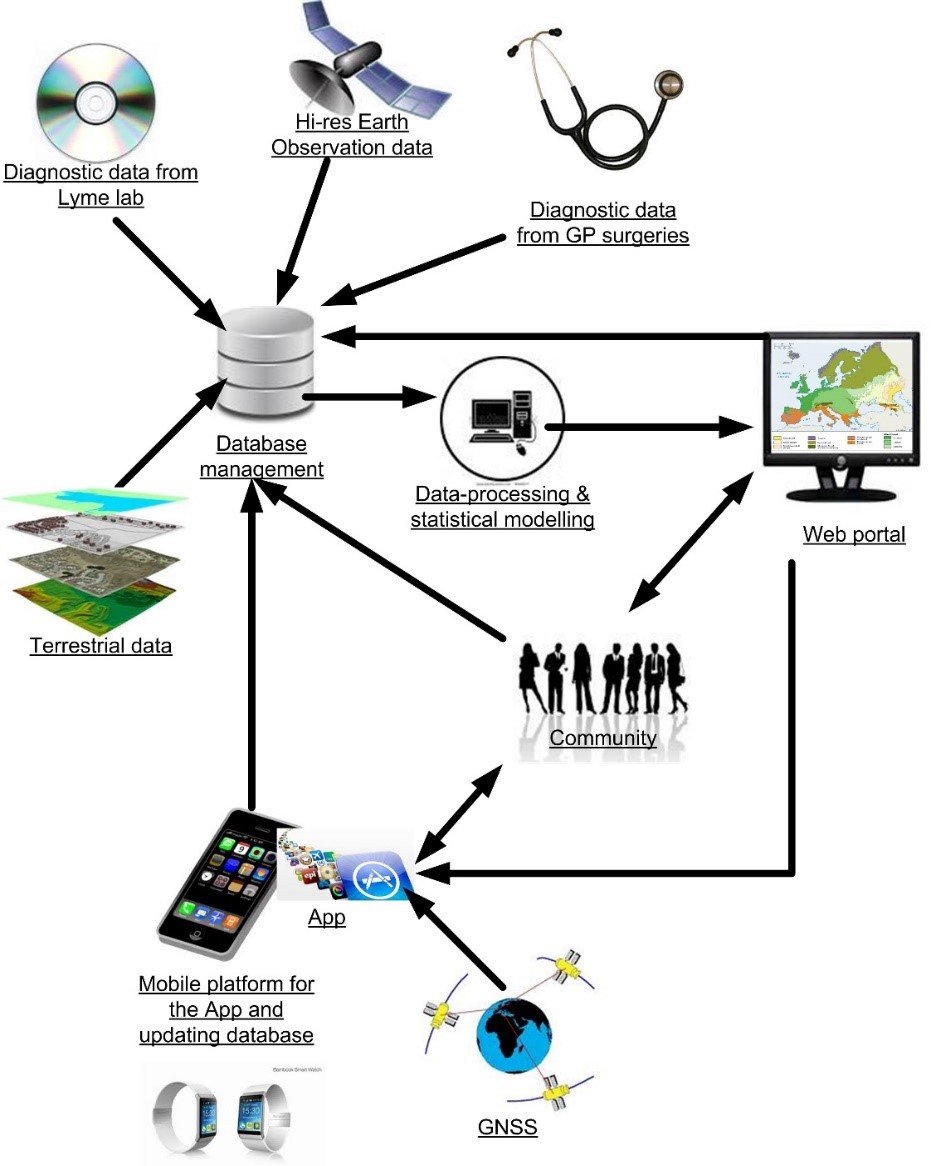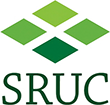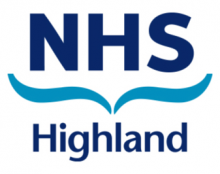
Objectives of the service
Lyme Borreliosis (LB) is arguably the most common vector-borne human disease in the UK.
LB is caused by Borrelia burgdorferi, carried by ticks found in forests and grassland, and transmitted through the bite of a tick. Diagnosed cases have risen tenfold to an estimated 3000/year in Scotland and more than 65,000/year in Europe.
If not diagnosed and treated promptly, LB can cause serious chronic, debilitating disease, which can lead to substantial losses in productivity, with substantial and increasing economic and social cost.
LymeApp is a service offering an integrated set of phone app and web-based products to meet the needs of multiple customer groups (health care professionals, outdoor workers, resident populations and tourists) affected by and dealing with increasing levels of Lyme Borreliosis (LB). The service will provide maps indicating disease risk in user’s location and provide medical advice which, when combined, will help customers avoid catching the disease and mitigate its effects if bitten.
LymeApp obtains data (including EO satellite data, GPS data, Lyme data from Scottish National Lyme Borreliosis Testing Lab, data from General Practitioners, and from end-users), then uses spatial modelling techniques to produce maps of Lyme risk and vector distributions. Users are also able to report locations of ticks and bites to the central database.
Users and their needs
Health care organisations (Health Protection Scotland and Health Boards), Health care professionals (General Practitioners and other clinicians), and resident and visiting populations (individuals, families, leisure activity groups and outdoor workers) represent the main end users of the service. User needs can be summarised as:
- An interactive, regularly updated and accessible Lyme disease vector database.
- Specifically targeted information about tick avoidance and management for specific occupational health groups and for NHS patient communities.
- Reliable predictions of tick prevalence and areas of high disease incidence and prevalence. These enable identification of infection risk ‘hot spots’ which allows better prevention of tick bites and raise awareness of what to do if individuals are bitten and or show signs of infection.
- A system that enables the Highland population and visitors to view the changing risks during the year.
- A system that allows Users to report the locations of tick observations and tick bites to a central database.
- The end product will be affordable, reliable, contain accurate information and be easy to use.
Targeted users come from the Scottish Highland population and visitors.
Service/ system concept
LymeApp is driven by user and stakeholder requirements on one side and by technical expert knowledge on the other, using positive feedback loops from user provided data to continually improve the information made available to the users. The system is illustrated in the Figure below.
The end service concept is based on integrating several systems with the primary objective of supplying spatially explicit LB related data to the users with the aim of reducing the disease risk and the resulting financial burden on the health budgets. These systems include:
- a secure central database to house all relevant information including; laboratory and GP disease databases; terrestrial and EO spatial data archives; risk management advice
- spatially explicit modelling tools using these data to produce information to contribute to a ‘rapidly updated LB risk management system;
- smartphone and web based dissemination and reporting tools to both provide risk maps to the users, and allow them to report disease related to the central database, to allow refinement of the risk maps;
- mechanisms to allow user feedback to direct product development

Space Added Value
The two principal assets that the system will utilise are Earth Observation (EO) and Global Navigation Satellite Systems (GNSS):
- EO data will provide the suite of covariates that is necessary to produce spatial distribution models of disease and vector risk. These covariates are either direct measures provided by the remotely sensed imagery such as altitude or vegetation cover or more distant derivatives such as land use, seasonality or bioclimatic indicators. The source of the imagery is primarily MODIS on the TERRA and AQUA platforms, but may also include Proba-V and whatever Sentinel products become available during the project lifetime.
- The use of GNSS through mobile platforms and dedicated apps is critical (i) to provide location-specific information on LB risk via the app; (ii) to develop more accurate risk maps through use of geolocated data submitted via the app on factors such as tick presence; and (iii) to allow the users to query the outputs for risk values at their location.
Current Status
The LymeApp demonstration project started in August 2019, runs for 1.5 years, and is a follow-up to the LymeMAP feasibility study.
Prime Contractor(s)
Subcontractor(s)




